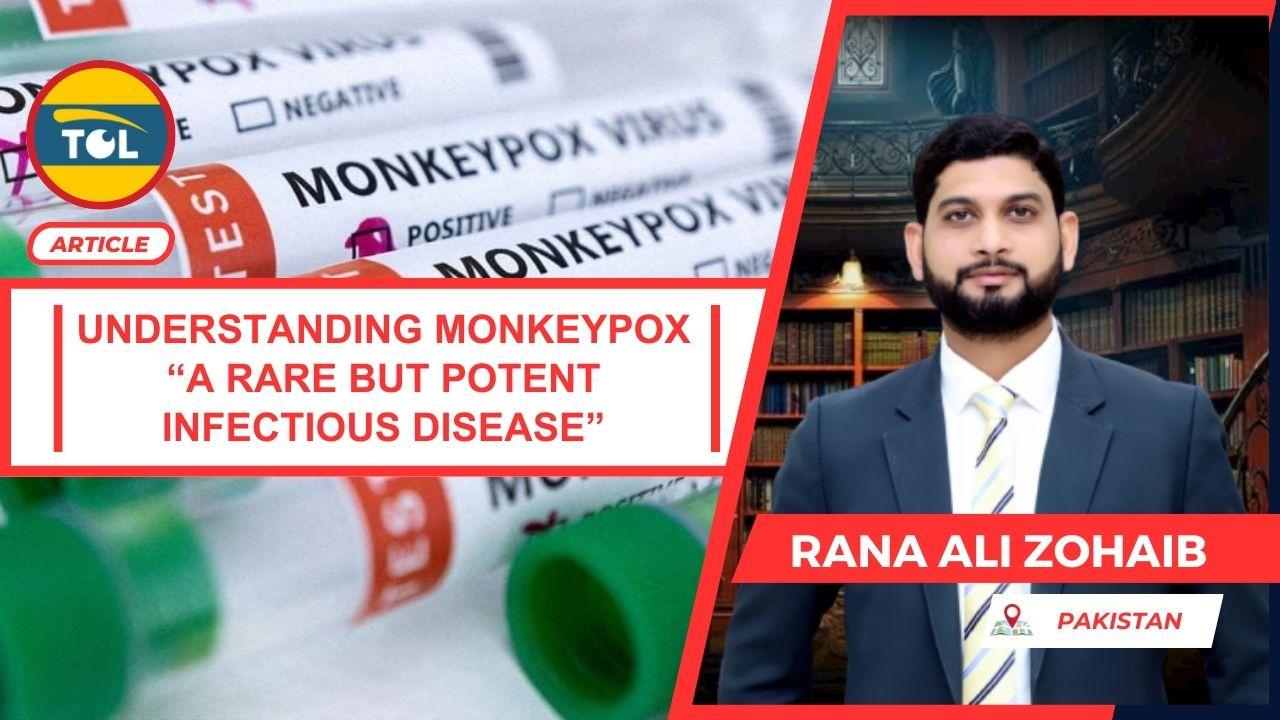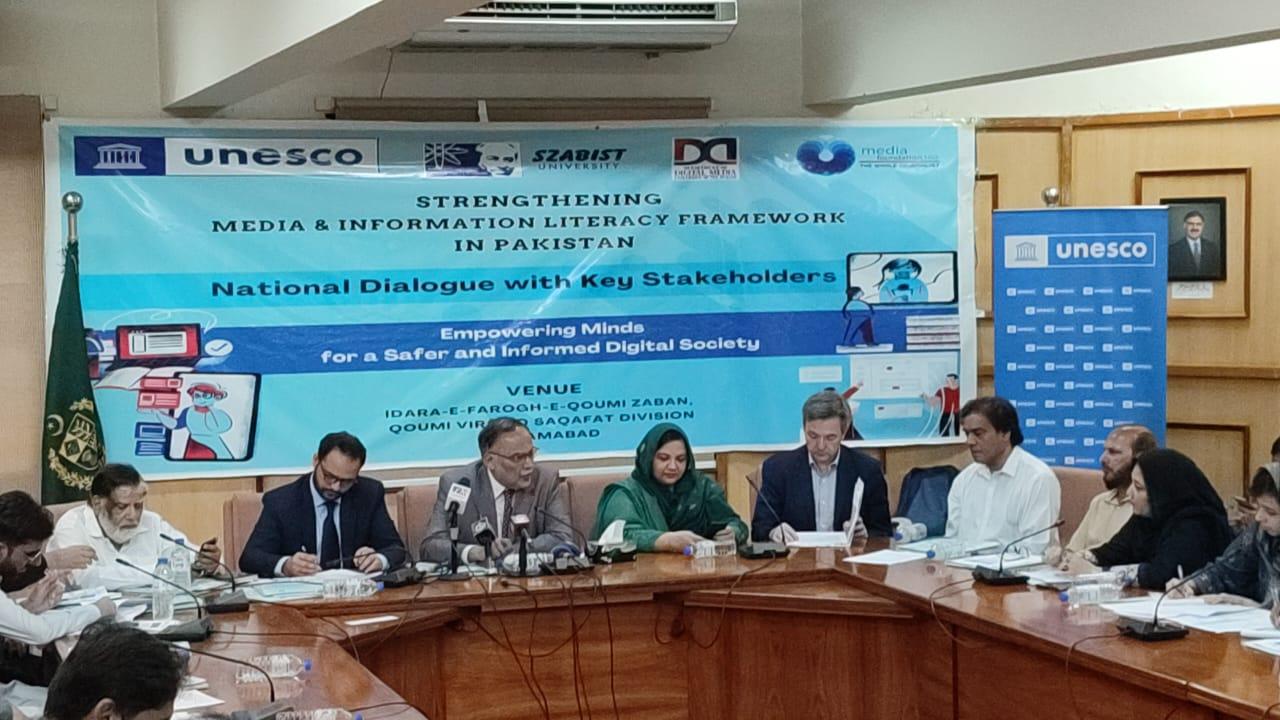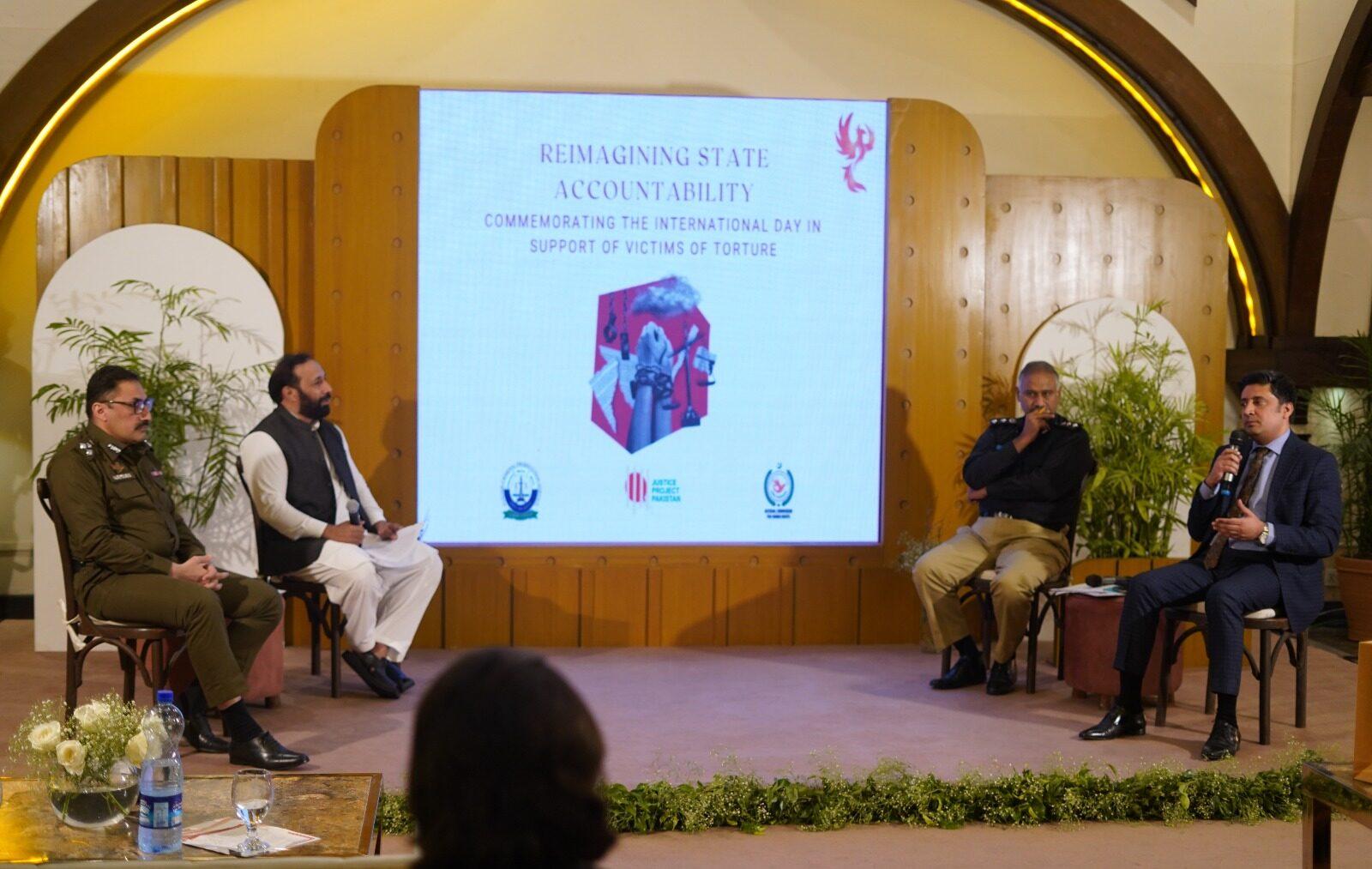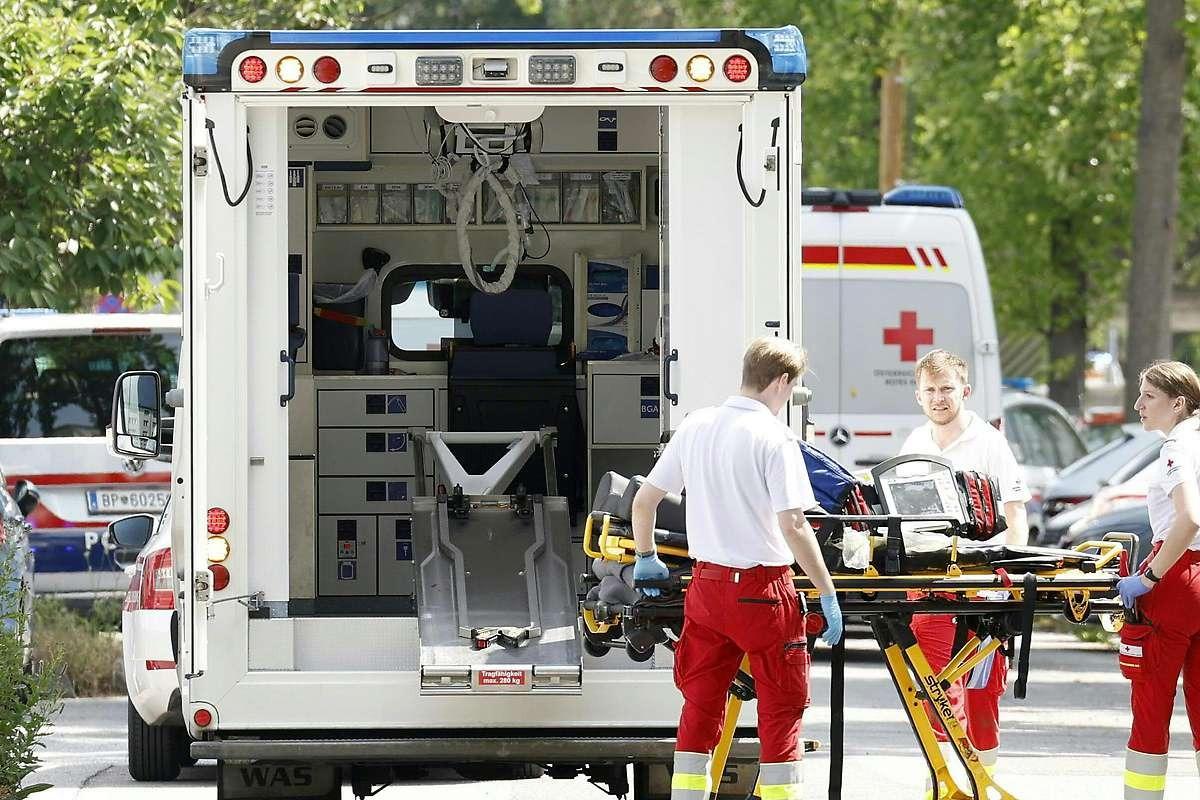Monkeypox, a lesser known but potentially severe viral infection, has been gaining attention globally due to its recent outbreaks in diverse regions. As a member of the Orthopoxviral genus, which includes smallpox, cowpox, and camelpox, monkeypox demands awareness and vigilance. Monkeypox is a zoonotic virus, primarily found in tropical regions of Central and West Africa. The virus was first identified in 1958 in a Danish laboratory, where it was isolated from a monkey. Since then, outbreaks have occurred in various African countries, including the Democratic Republic of Congo, Republic of Congo, Cameroon, the United States and Europe, raising concerns about its global reach.
Early detection and recognition of monkeypox symptoms are paramount for ensuring timely medical intervention and effective management of the disease. The initial symptoms of monkeypox are nonspecific, yet distinctive, and typically include a combination of the following: a high fever, severe headache, and pronounced muscle aches. Additionally, swollen lymph nodes are a common presenting feature, often accompanied by a characteristic rash or blistering eruption, which typically commences on the face and subsequently spreads to other parts of the body. Prompt identification of these symptoms is critical, as it enables healthcare professionals to initiate appropriate diagnostic testing, provide supportive care, and implement measures to prevent further transmission. Moreover, early recognition of monkeypox symptoms facilitates timely vaccination and treatment, which can significantly mitigate the severity and duration of the illness, thereby reducing the risk of complications and improving patient outcomes.
The virus is transmitted through a multifaceted array of routes, broadly categorized into primary and secondary modes of transmission. The primary transmission routes pose a significant risk of infection, comprising animal to human contact and human to human contact. Animal to human contact occurs through direct interaction with infected animals, such as rodents and primates, via bites, scratches, or handling. Human to human contact, on the other hand, transpires through close proximity to an infected individual, specifically through respiratory droplets, bodily fluids, and skin-to-skin contact. In addition to these primary routes, secondary transmission routes also play a crucial role in the spread of the virus. These include contaminated surfaces and objects, as well as fomites, such as bedding or clothing, which can harbor the virus and facilitate transmission. Understanding these diverse transmission routes is essential for developing effective strategies to mitigate the spread of monkeypox and protect vulnerable populations.
Certain individuals are disproportionately susceptible to contracting the monkeypox virus due to their occupation, travel history, or compromised immune status. These high-risk groups require special consideration and precautionary measures to mitigate their risk of infection. Healthcare professionals, including doctors, nurses, and other medical staff, are at increased risk of contracting monkeypox due to their close contact with infected patients. Their occupational exposure to bodily fluids, respiratory droplets, and contaminated surfaces heightens their susceptibility to infection. Laboratory personnel handling monkeypox virus samples or conducting research on the virus are also at high risk. Their direct contact with the virus in a laboratory setting increases the likelihood of transmission. Individuals traveling to regions where monkeypox is prevalent, particularly in Central and West Africa, are at increased risk of infection. Their exposure to infected animals, contaminated surfaces, and human carriers in these areas heightens their susceptibility. Persons with weakened immune systems, such as those with HIV/AIDS, cancer, or taking immunosuppressive medications, are more susceptible to severe monkeypox infection. Their compromised immune status impairs their ability to effectively combat the virus, making them more vulnerable to severe illness and complications.
To mitigate the risk of monkeypox infection, high risk groups must adopt a multifaceted approach, incorporating stringent precautions into their daily lives. Firstly, wearing personal protective equipment (PPE) is crucial when interacting with infected individuals or handling potentially contaminated materials. This includes donning gloves, masks, and eye protection to prevent skin-to-skin contact and exposure to respiratory droplets. Secondly, adhering to strict hygiene practices is vital, encompassing frequent handwashing with soap and water, and utilizing disinfectants to sanitize surfaces and equipment. Thirdly, avoiding close contact with infected individuals or animals is essential, as this can significantly reduce the risk of transmission. This includes maintaining a safe distance, refraining from touching or handling infected animals, and avoiding sharing food, drinks, or utensils with infected individuals. Fourthly, staying informed about local outbreaks and taking necessary precautions is critical, involving regular monitoring of public health announcements, adhering to travel advisories, and seeking guidance from healthcare professionals. Lastly, receiving timely vaccination and medical treatment if exposed or infected is paramount, as prompt intervention can significantly reduce the severity and duration of the illness. By rigorously implementing these measures, high-risk groups can minimize their risk of infection and protect themselves against the potentially severe consequences of monkeypox. By understanding monkeypox and its risks, we can work together to prevent its spread and protect vulnerable populations. Stay vigilant, and let’s combat this rare but potent infectious disease.







